About once a year, a debate will flare up on one or another of the N scale internet forums about whether or not it’s possible to read the reporting marks on N scale freight cars. This always devolves into a “No, you can’t,” “Yes, you can” argument that peters out as the energy of the storm is finally spent.
As for me, the answer is “Yes, I can read the reporting marks, but only if I’m wearing my glasses.” Otherwise I can’t read anything. (Thank you, Dr. Ben Franklin.)
I think the larger question is, why would you want to read the car numbers anyway? Our operator friends would reply that you need those numbers so that you can operate your layout realistically, particularly so you can sort cars in yards and switch your industries, working from switch lists or car cards. But do you really, really need those car numbers?
My answer is no. My friend Steve Miazga and I both operate our N scale layouts without using car numbers. Steve, who has operated his Missabe Junction Ry. far more than I have my Tehachapi Pass, uses train cards for each train running. These cards include switching instructions for towns and industries along the way.
The instructions for one factory might be to pick up two 50-foot boxcars and spot two gondolas and a tank car on the track designated. Just how you’ll do that is up to you. Solving these little puzzles is where much of the fun of operations lies. A conductor on a real train doesn’t usually get to have (nor want) all that fun because he’s done the same run many times before.
Steve is among those rare modelers who have a completed layout, at least until he decides to add or change something. Now he’s able to spend more of his hobby time evolving his operating system.
I still have lots of construction to go on my own railroad, and so the half-dozen or so operating sessions I’ve had have been far less successful than Steve’s and suffered from a lack of preparation. Still, they’ve gotten a little better each time.
My advice to anyone in any scale who wants to begin operations is to start with modest expectations. Testing and tweaking on your own, you can never discover all the problems that can and will arise when you’ve got half-a-dozen or more friends running trains. Your early efforts are truly stress tests, and you’re going to have some explosions on the launch pad.
Basic operations apparatus. Steve has computer skills that I haven’t yet acquired. His instruction cards are nicely printed out, while mine are handwritten on index cards, often scrawled at the last minute. For switching destinations, I just ask the operator to switch cars like-for-like. I want to improve on all this, but like I said, I’ve so many other projects to take on.
Someday I’d like to operate with switch lists, just because I think it would give the operators a more railroady experience. Also, instead of just spotting a car at a particular industry, you could ask the operator to spot it at a specific door or platform. A car or two might be in the way, and the conductor would have to figure out how and where to move them and then get them back. I will use car numbers, but I’ll make it easy on the switching crews by letting them use the process of elimination. For example, if they need to spot Santa Fe boxcar no. 78910 at McClelland Steel, I’ll put a nice, shiny, red ATSF boxcar in the train, and there’ll be no other Santa Fe boxes to choose from.
Keep ’em coming back. I’ve come to realize that you can make your operating sessions as easy or as complicated as you want. Too easy, and your crew members will be bored and won’t come back. Make the sessions too complex, and they’ll be frustrated. The result will be the same: they won’t come back.
It’s a balancing act. You don’t want your yard crews taking so long to make up trains that your road crews are sitting around with nothing to do, even if they don’t mind that much if they’re eating cookies and making fun of the yard workers.
Remember, you know your railroad forward and backward. You know what track you need to be on to get to the industry you want. You know how your control system works, while your panels and throttles may be a complete mystery to some others.
One last reason to read car numbers is to avoid duplicate cars on your roster, but that doesn’t matter much, either. I run lots of duplicates, and no one has commented on one yet. My railroad is a bridge line, and of the perhaps 200 cars that might get run in a session, most will just be passing through. Only the cars that actually get worked will need to have unique road numbers. If worrying about car numbers is in the way of starting operations, I say start now and worry about it later, or perhaps never.





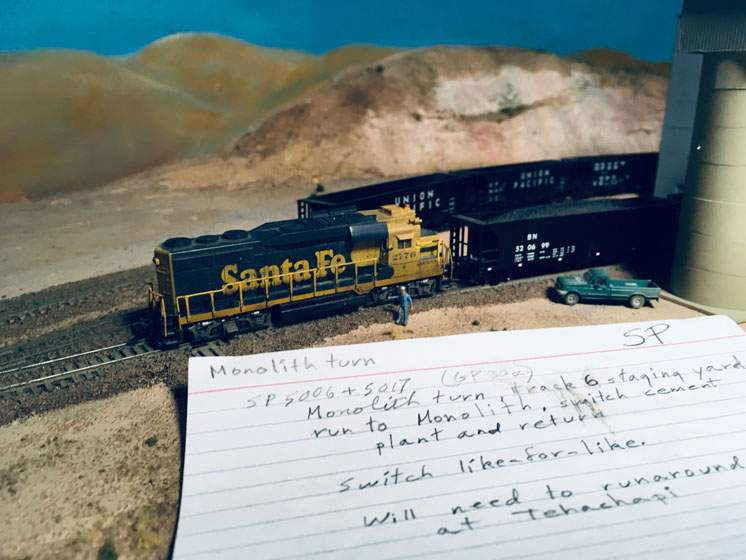

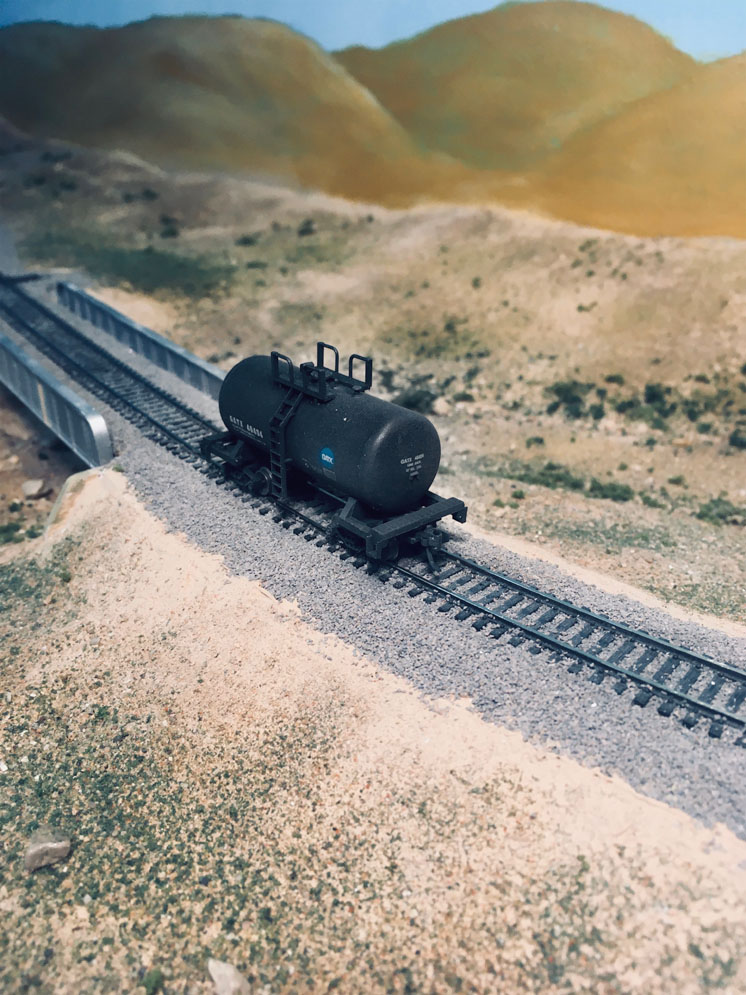
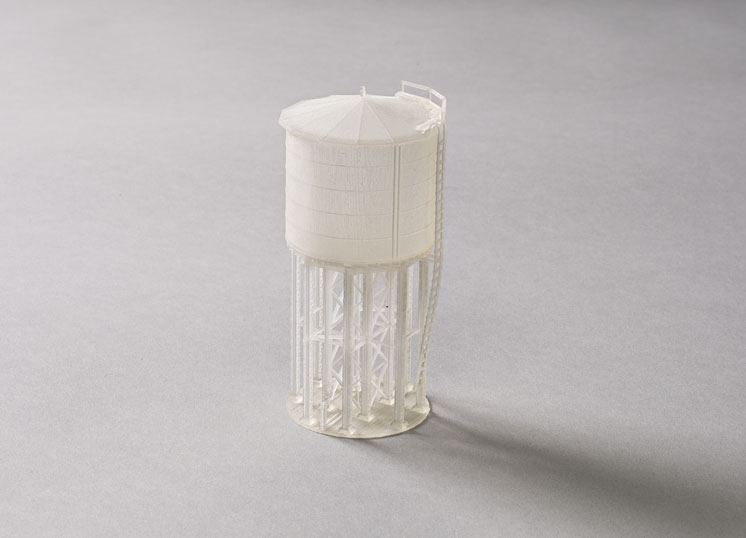
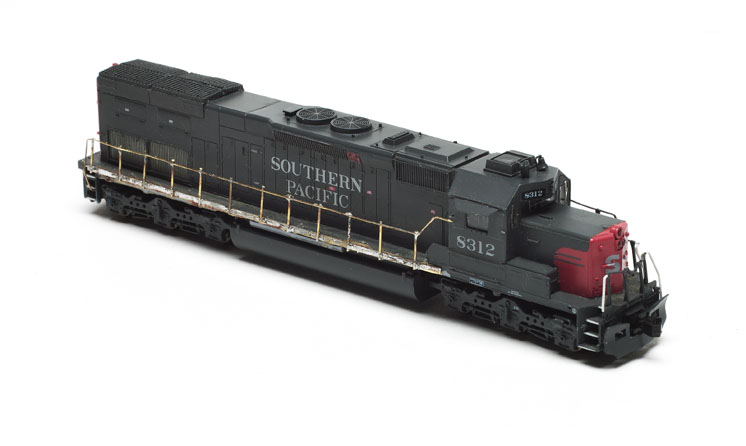
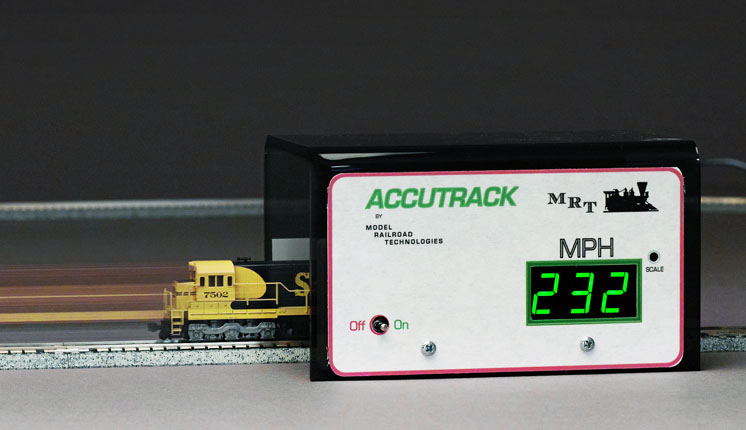




I just have different looking cars so they are easy for people to spot. This working on this layout since it’s from a plan book and only my second layout.
One of the things I wanted to do was run my N-Scale RR either in the steam era, the transition era or the diesel era. I had to, thus, identify when each of my 100+ cars were built to classify yo which era would be appropriate for their operation. Those dates were “easily” read with a jeweler’s loupe along with a wife who helped by recording the data into a spread sheet. Not easy, but doable with a loupe and a patient wife. I then identified the “era” to which each car belonged by using red, blue or a combination of both dots on the car card for each car. I wonder what technology is used to print these data on such a small venue. Hope this helps.
I use the 4 cycle waybill and car card pocket system. I add a photo of each car to the car card for easy identification. Two cars that look alike that are not a part of a unit train get distinctive graffiti. I can read the numbers but the photos are faster and easier for everybody.